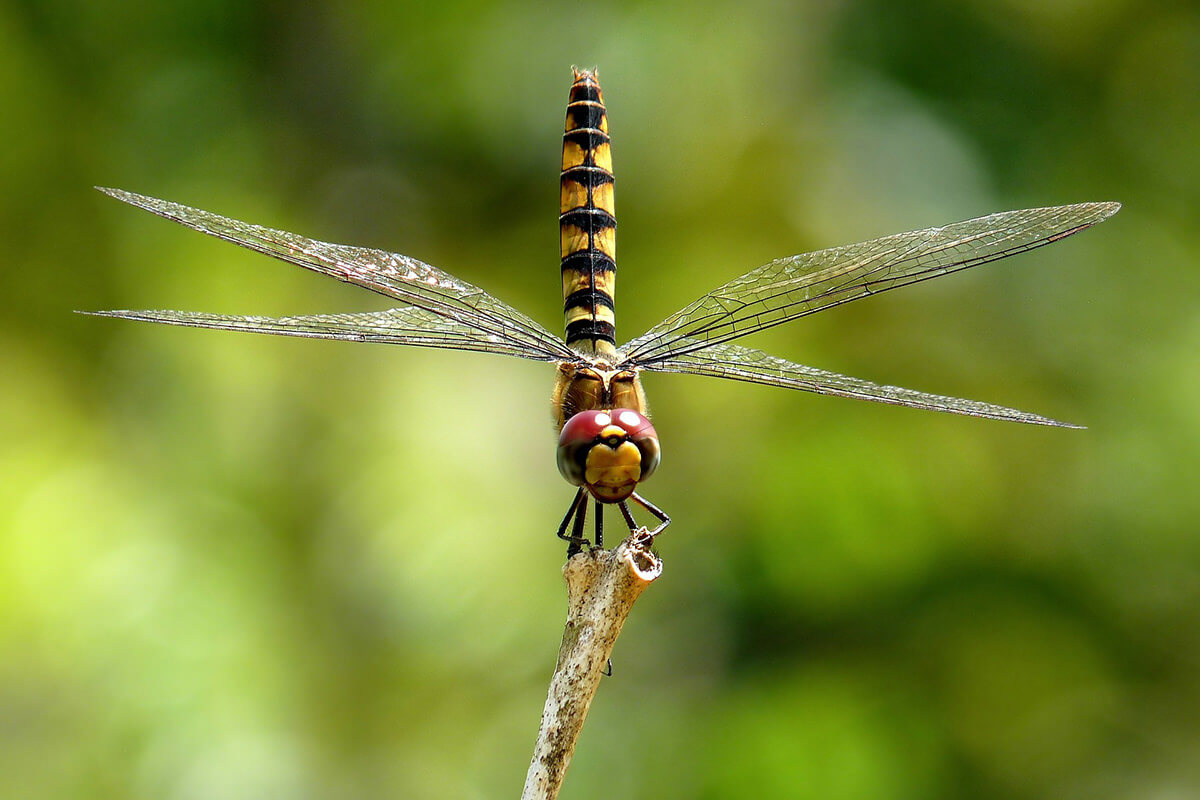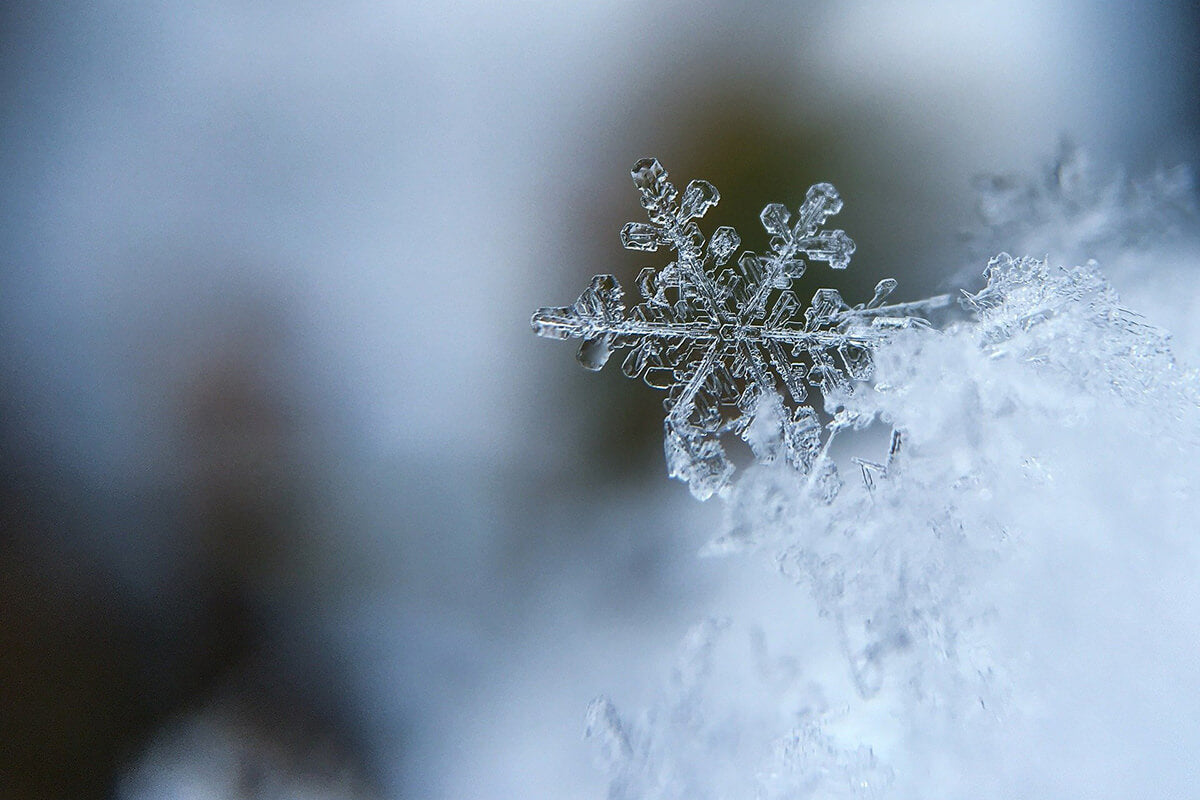In our previous article, we talked about the equipment we need for macro photography. In this article, we are going to discover some challenges you may face in macro photography and possible solutions to them. So, without further delay, let’s get started.
- Light:
The first challenge we experience in shooting macro photos is not having enough light. If you are shooting indoors, you have full control over lighting but when you are shooting outdoors, you need to depend on natural light and we can’t control it. You may say that this problem is with every kind of photography using natural light, what’s so special about it?
Well, when we do macro photography, we usually shoot with a narrow aperture to get the entire subject in focus, and because of the narrow aperture, we need plenty of light to expose properly. If you are shooting in a forest, sometimes the light can’t reach the ground because of the trees.
The solution to this problem would be using an artificial light source. You could use a continuous light source like a LED light or flashlight on your mobile phone or you could use an on-camera flash or a macro ring flash. Whatever light source you use, just make sure that you soften the light using a diffuser.

- Narrow depth of field:
In macro photography, we always get a very narrow or we can say almost razor-thin depth of field, which is not acceptable sometimes. Three major factors affect depth of field and that is aperture, the focal length of the lens, and distance between the subject and the camera. To get more areas in focus, we can control at least two of them.
The first one is Aperture. To get a deeper depth of field or we can say get more area in focus, always shoot with a narrow aperture like f/16 or f/18. When we use such a narrow aperture, we need lots of light and we already discussed it. Most of the lenses have the option to go up to f/22 or some even go up to f/32, but it’s not recommended to go such high, as you will start losing sharpness in the picture. Most lenses give sharper images till f/16 or f/18 aperture.
The second factor we can control is the distance between the subject and the camera, but you can do it only if you have a higher megapixel camera like 40 or 50 megapixels. In such a case, you can take the picture from some more distance and crop it later on. By doing this, you’ll get more of your subject in focus.
If you don’t need to make bigger prints and you are happy with 5-10 megapixels of the final image, you can use this trick with your 20-25 megapixels camera too. By the way, you can get a decent size of print with 5-10 megapixels final image.
One more option for a deeper depth of field is focus stacking. It’s an advanced technique, and we’ll talk about it in a future article.

- Focus:
Another challenge you are going to face is focusing. In macro photography, our subjects are mostly very tiny and our camera finds it difficult to focus on them. The solution to this problem is that you always use single point focus setting in your camera. You can easily move the focus point to the spot where you want to focus in the picture.
The second challenge with focusing is the movement of your camera. In macro photography, we always get a shallow depth of field, even if we are shooting with a narrow aperture like f/16 or f/18. Sometimes the area of focus is less than one centimeter. In such conditions, if your camera moves just a few millimeters, your entire subject could be out of focus.

One solution to the above problem is using a tripod or a monopod so that you can restrict the camera movement but you can’t always use a tripod. Therefore, the best solution is that you train yourself to be still when you take the shot. Always tuck your elbows in to avoid camera movement, try to hold your breath when clicking, and find something like a tree branch for support.
Sometimes we know that we can’t have the entire subject in focus and we need to focus on some point of interest like another of the flower or eye of the bug. If your camera is not focusing where you want, you could lock the focus and move your body forward or backward slightly until your point of interest comes in focus.
Thanks to the technology that nowadays cameras are very advanced and can focus in challenging conditions, but if your camera is not able to focus for some reason, switch to manual focus mode.

- Moving subjects:
If you are trying to shoot moving subjects like butterflies, dragonflies, and other bugs, they don’t stay still and keep moving from one place to another. Well, you can’t control them or make them stay in one place. Patience is the key in such a situation. One thing you can do is to use a longer focal length lens. With a longer lens, you’ll have more distance from your subject and the chances are that they will be less likely to disturb with your presence and stay still.

- Wind:
If you are clicking magnificent macro pictures of flowers and the wind is very strong, you may have difficulty clicking the picture. In such case, have patience and wait or better click macro photographs of something else which is still. BTW why stuck with only macro photography, if the wind is very strong, let’s click some motion blur instead.
- Get dirty:
Sometimes you have to sit, go down on your knees, or even lie down on the ground to get a perfect shoot. Thus, always wear clothes that are relaxing and easy to clean. Make sure you are fully covered and have comfortable shoes.

There are few points you need to remember too. Always keep mosquito repellents or bug spray when you are going into the wild. Make sure you have water and some snacks with you. Some insects may be dangerous if they bite you, so keep a safe distance from them.
Some people pluck flowers or try to move the insects where the lighting is good or the background is better. Please don’t do this. We would not like it if someone comes to our home and moves things away to get a perfect shot and it’s their home.
These are the challenges you may face in macro photography but don’t worry. When you start clicking macro photos, you’ll find that these challenges are nothing compared to the rewards you are going to get. So, gear up and get started.
Blog Credit: Ramakant Sharda
Ramakant is an Award-Winning Photographer, Author, Mobile Apps Publisher based in the beautiful “Pink City” of India, known as Jaipur. Many of his works have been published in magazines, newspapers, and international blogs. He writes about photography and also teaches photography in his workshops. He has published three (so far) coffee table books. Get his latest book Mastering High-Speed Photography.













